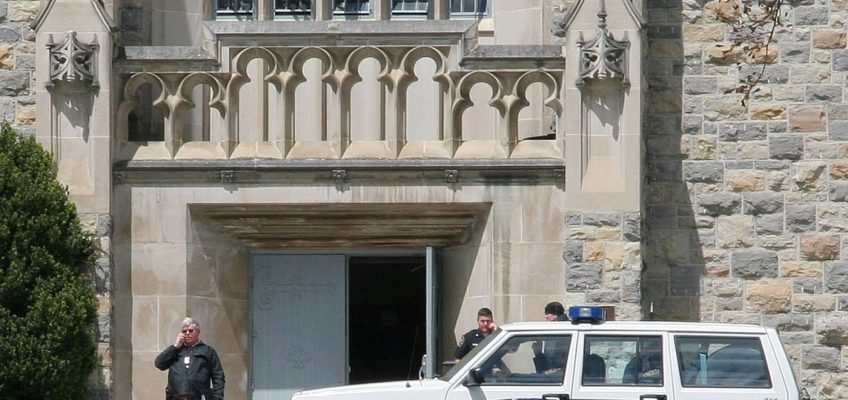Kimchi is a traditional Korean side dish made from salted and fermented vegetables, most often with napa cabbage and some sort of radish along with carrots, garlic, ginger and chili.
Seasoned with two other staples in Korean cooking — umami-rich fish sauce (made from fermented anchovies) and gochugaru (dried red chili powder) — the condiment adds a salty and sometimes fiery punch to any number of dishes. Think rice bowls, stews, noodles, fritters and even tacos or crispy, flavor-stuffed pancakes.
Here, tangy kimchi adds a spicy kick to an easy shrimp stir-fry.
Spring onions, garlic and ginger, the building block for the sauces and aromatics that give Asian dishes their amazing flavor, are key components of this recipe that also includes a couple generous handfuls of crunchy, bright-green snow peas.
I opted for extra-large shrimp to give it some wow factor, but you could easily substitute large or medium shellfish to make the stir-fry a little less expensive.
A sunny-side-up egg garnished with sesame seeds and a heavy drizzle of chili crisp completes this protein-rich rice bowl, but if you’re not a fan it’s OK to go without. When the yolk is runny, it’s easy to mix it in with the rice and other ingredients.
Don’t love the uncooked taste of an egg cooked only on one side? Flip the eggs over and cook the yolks over-medium (slightly cooked but still soft) or over-hard (fully cooked).
All told, this dish only takes about 15 minutes to prepare, making it the perfect nosh for a busy weeknight.
Kimchi and Prawn Fried Rice
INGREDIENTS
9 ounces uncooked basmati rice
19 ounces water
1/2 teaspoon salt
8-10 spring onions
2 tablespoons vegetable oil
4 garlic cloves, peeled and finely chopped
1-inch piece fresh ginger, peeled and finely chopped
3/4 pound raw large shrimp, peeled and deveined
10 ounces snow peas
12 ounces kimchi
2 tablespoons soy sauce
2 teaspoons sesame oil
4 large eggs
1/2 teaspoon sesame seeds
Crispy chili oil, optional, for serving
DIRECTIONS
Give the rice a quick rinse in a sieve before tipping into a small saucepan with a lid.
Add water and salt, then bring to a boil. Once boiling, reduce heat to the lowest setting and cover with a lid.
Cook for 10 minutes, until water has been absorbed, then turn off the heat and allow to stand for 5 minutes.
Remove lid and fluff up rice; let as much moisture evaporate as you can before using.
Slice the green parts of the spring onions into rounds, and cut white parts lengthwise into thin strips. Reserve the green rounds for garnish.
Heat oil in a large work or deep frying pan over medium heat. Add spring onion whites and stir-fry for 2-3 minutes until soft and just beginning to color.
Stir in garlic and ginger, then add shrimp and snow peas. Stir-fry for 2-3 minutes before adding kimchi and cooking for 1 more minute.
Finally, add cooked rice along with soy sauce, and fry for a 2-3 minutes more until piping hot.
Meanwhile, heat sesame oil in a large nonstick frying pan. Once hot, add eggs, sprinkle with sesame seeds and fry for 3-4 minutes until the edges are crisp and the whites are completely set.
Serve fried rice in large bowls, each topped with an egg and a drizzle of crispy chili oil. Garnish with reserved spring onion greens.
Serves 4.
— adapted from “Pull Up a Chair: Recipes for Gathering Big and Small, Morning to Night” by Martha Collison (Kyle, $33)




